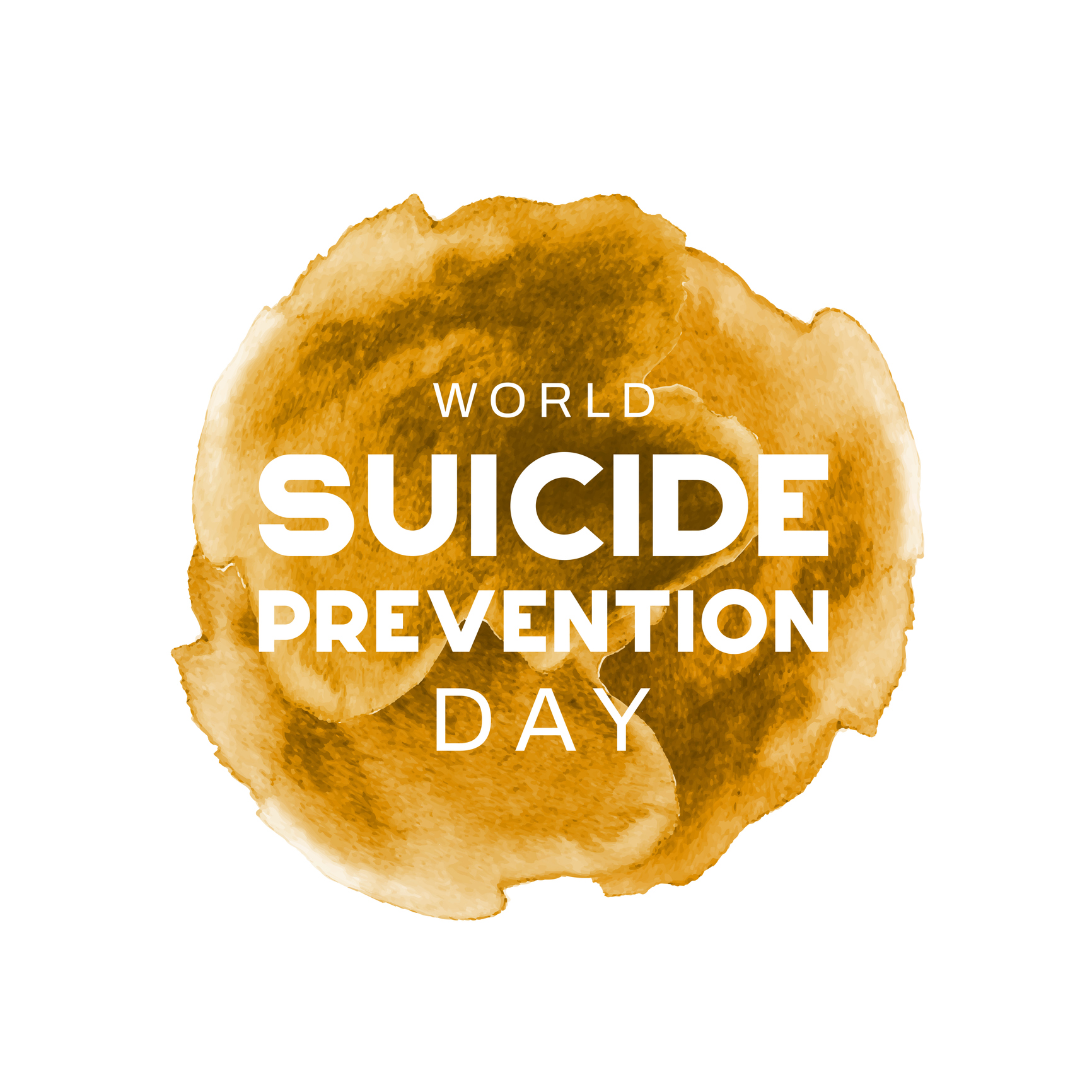On World Suicide Prevention Day (10 September), India renews its commitment to nurturing mental well-being through a robust, multi-tiered strategy. The global theme for 2024–2026, “Changing the Narrative on Suicide,” drives home the urgent need for compassion, openness, and collective action to counter the stigma surrounding suicide and encourages life-affirming conversations.
In India, the scale of the challenge is stark. Over 100,000 lives are lost to suicide each year, with the nation accounting for nearly a third of global female suicides and a quarter of male suicides. Suicide rates have climbed from 9.9 per lakh in 2017 to 12.4 per lakh by 2022. State-level variations further underscore the complexities of the crisis: while Bihar registers just 0.6 suicides per 100,000, Sikkim sees an alarming 43.1. Cities like Vijayawada and Kollam rank among the highest, with approximately 42 suicides per 100,000 people.
To shift this trajectory, India rolled out its first National Suicide Prevention Strategy (NSPS) in 2022. Aimed at reducing suicide mortality by 10% by 2030, this strategy emphasizes early intervention, crisis response systems, and mental health promotion across socio-economic strata. Its success hinges on weaving suicide prevention into everyday community and institutional settings.
A central plank of this strategy is Tele-MANAS, a tele-mental health helpline offering 24×7 support in 20 languages. With 53 operational cells across 36 states and Union Territories, the helpline has successfully logged over a million calls, helping individuals in distress access counseling, referrals, and continuous support. The integration of the earlier KIRAN Helpline into Tele MANAS in 2022 streamlined mental health outreach, making help more efficient and inclusive.
Complementing Tele-MANAS is the District Mental Health Programme (DMHP), the community-level backbone of India’s response to mental health. Now operational in 767 districts, DMHP ensures counselling, crisis care, psycho-social support, and even inpatient services are available at primary and district healthcare levels. Further bolstering this framework, mental health services have been integrated into over 1.77 lakh Ayushman Arogya Mandirs (under Ayushman Bharat), ensuring widespread access across rural and urban areas.
The landscape of mental healthcare has also been strengthened through expansion in academic and clinical capacity. As of mid-2025, India has set up 25 Centres of Excellence to boost postgraduate training in mental health, upgraded 47 PG departments in government medical colleges, and expanded mental health services to 22 new AIIMS institutions.
Youth-centered programs are integral to prevention efforts. The Rashtriya Kishor Swasthya Karyakram (RKSK), alongside school-based health and wellness initiatives and the Manodarpan scheme, equips young people with psychosocial resources, counseling, and resilience training. Through Manodarpan, a toll-free 24×7 helpline, an extensive counselor directory, video tools, chatbots, and educational content are now accessible to students, educators, and families nationwide.
The Delhi Metro’s 2024 campaign stood out as a powerful public outreach initiative. By strategically placing banners, visual messages, and digital content across major stations and amplifying impact via social media, DMRC raised awareness and promoted hope in urban high-traffic zones, reaching thousands in transit and beyond.










